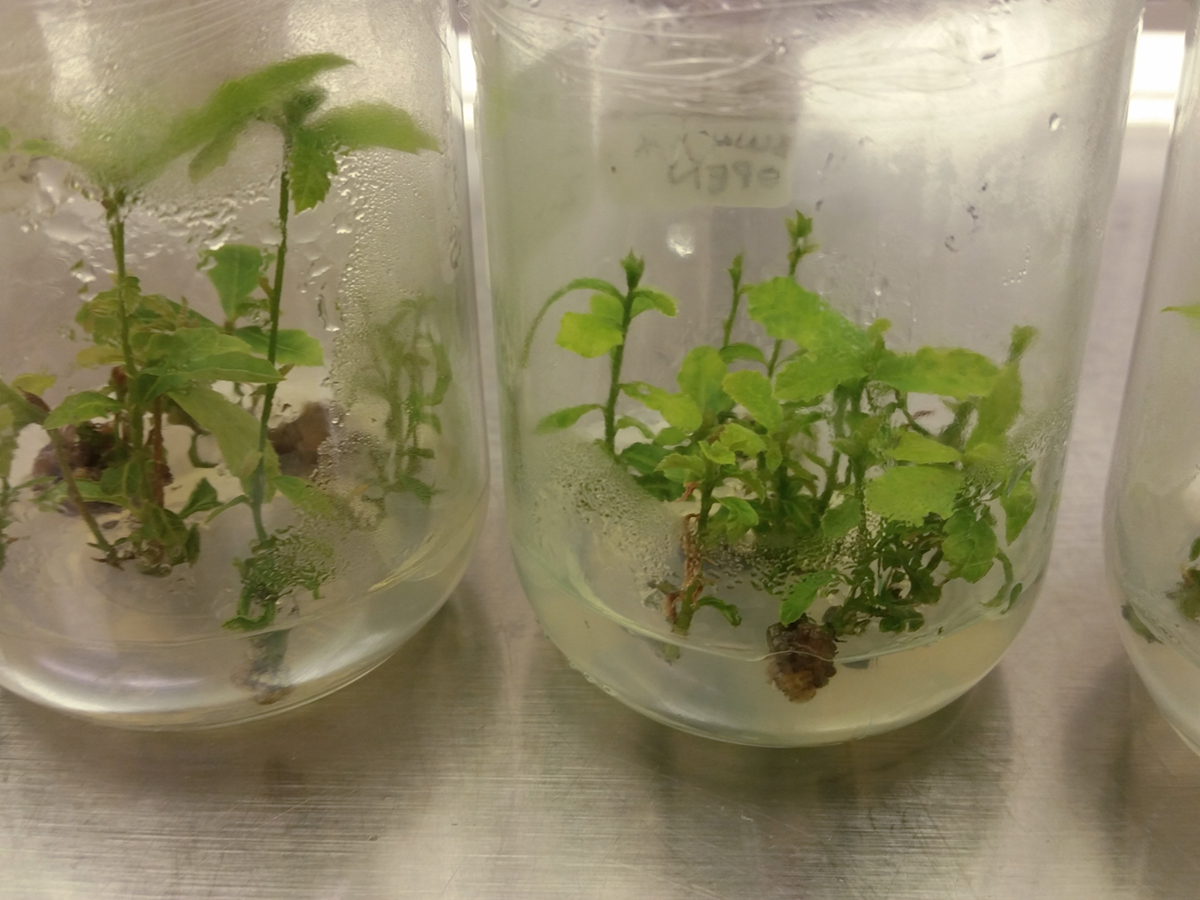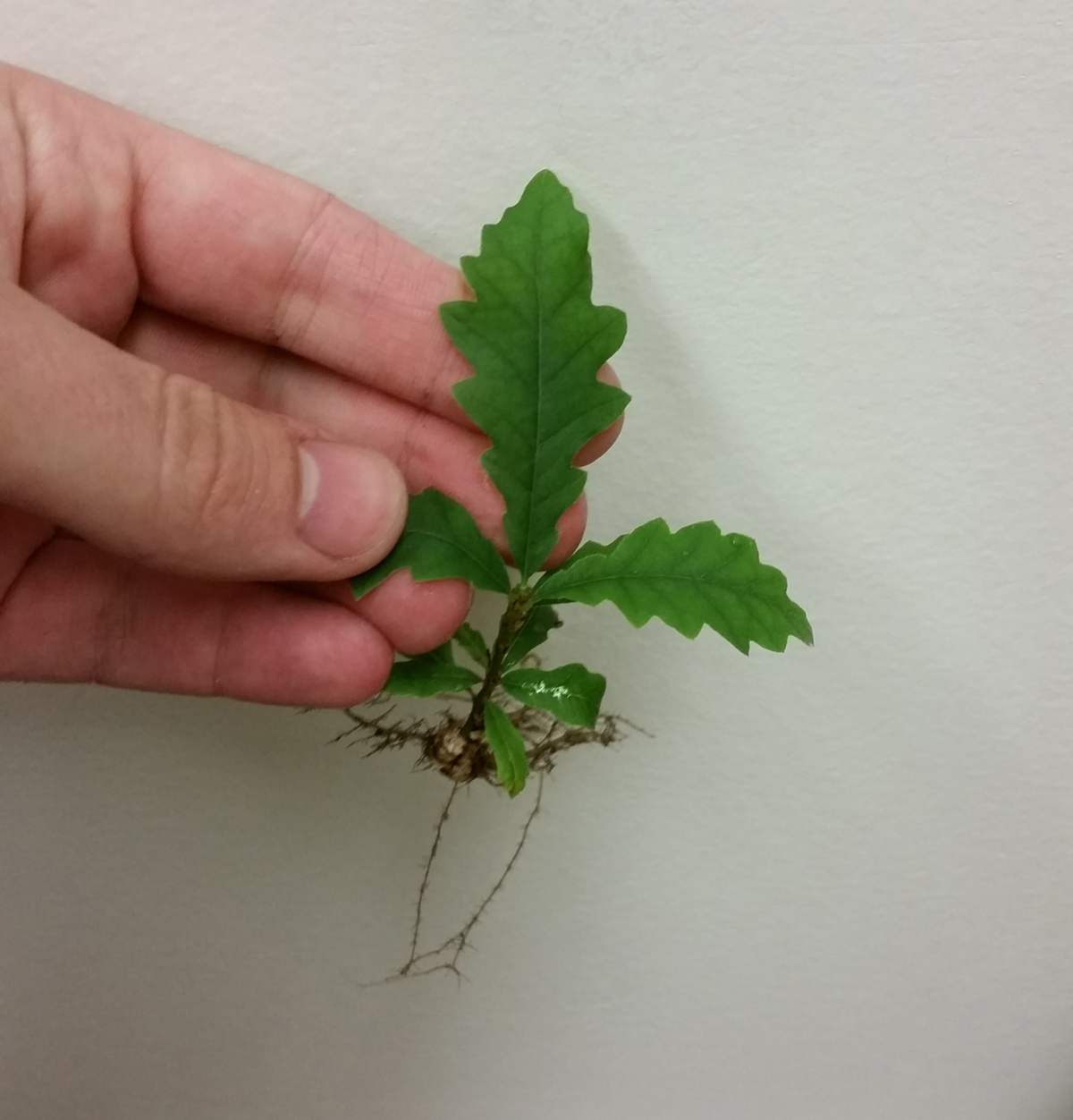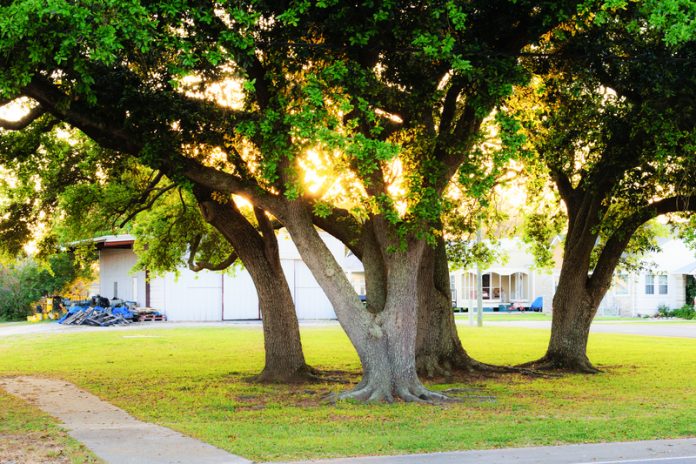Dr Nina Bassuk, Urban Horticulture Institute, School of Integrative Plant Science explores how building better oaks will help improve the future of urban environments
The oak genus (Quercus) has over 500 species of trees and shrubs native to regions across the northern hemisphere. It is difficult to overstate their ecological, economic and cultural value. Oaks provide an essential source of timber for furniture, flooring, interior finishing and veneer. Cork is sourced from oak and the impervious heartwood of oak is used for shipbuilding and wine and whiskey casks. Oaks are prominent in many forest ecosystems and their acorns are a vital food source for wildlife, high in fat and nutrients.
In addition, oaks have an important role to play in urban and suburban landscapes as they are durable, long-lived and majestic trees. They can be an outstanding feature in any park with a large and spreading growth habit. The grand size, longevity and sturdiness of oaks have made them a familiar symbol in many cultures around the world.
Genetic diversity of oaks
Even within a species, oaks exhibit wide variability in phenotypic traits, e.g. leaf size, shape and colour. Furthermore, oaks are found in many different climates throughout the northern hemisphere. They range from the humid, sub-tropical regions of Central America or Asia to the semi-arid terrain of California or the Mediterranean and to the furthest reaches of deciduous forest in the north.

The genus Quercus is divided into two subgenera: Cyclobalanopsis and Quercus. The latter is then subdivided further into four sections: Protobalanus, Cerris, Quercus (white oaks) and Rubrae (red oaks). The section Rubrae includes many red oaks with which we are familiar e.g. Q. rubrum (red oak), Q. velutina (black oak) and Q. palustris (pin oak). The section Quercus includes species of white oak familiar in northern climates such as Q. robur (English oak) Q. alba (white oak), Q. bicolor (swamp white oak) and Q. montana (chestnut oak). Oaks readily hybridise between species within their respective sections and intermediates are often found within overlapping geographic ranges.
The number of species counted within the genus Quercus contained around 300 in 1862 compared to over 500 species counted in 1998). Although interspecific hybrids are not immediately considered a new species, this shows the complexity of delineating species within the genus. Oaks are often discussed in many studies on plant evolution and speciation because of their ability to hybridise.
Within just the white oak section, species are found growing from Cuba to central Mexico to Northern Canada, making the genetic potential of this group appealing. For example, species within this group found in the northern latitudes have cold tolerance while those growing in southern regions like Q. virginiana (live oak) show incredible drought and wet soil tolerance. Q. bicolor is native to the northeast and tolerant of heavy, compacted soils, while Q. minima (dwarf live oak) grows along coasts and shows salt tolerance. Therefore, the wide variety of traits in white oaks, as well as their interspecific hybridisation, makes them a desirable group for selection for growth in urban environments.
Selecting oaks for the urban environment
Trees growing in an urban setting face distinct challenges from trees growing in the wild. These challenges include limited soil volume, soil compaction, road/sidewalk salt, soils with high pH and drought stress. Many native oaks are sensitive to alkaline soils because important nutrients (especially iron and manganese) become less soluble and available for absorption by plant roots at a pH higher than 7.0. This nutrient deficiency results in chlorosis (yellow leaves). Unfortunately, alkalinity is a frequent characteristic of many urban soils.

At Cornell University’s Urban Horticulture Institute, (UHI) hybrids between many different species of white oak were created between 2004-2006. The maternal species were located on the Cornell campus in Ithaca, New York and include several native and purported hybrid white oaks:
- Quercus bicolor
- Quercus gambelii x macrocarpa
- Quercus macrocarpa
- Quercus macrocarpa ‘Ashworth’
- Quercus montana
- Quercus muehlenbergii
- Quercus x warei ‘Long’ (Regal Prince®).
Pollen from approximately 40 different species from Europe, Asia and North America were used for hybridisation. Some of the paternal species include Q. virginiana (live oak), Q. lyrata (overcup oak), Q. robur (English oak), Q. fusiformis (Texas live oak), Q. polymorpha (Mexican White Oak). As a result of the breeding programme over 350 unique hybrid genotypes were developed. Over the years these hybrids have been evaluated for tolerance to cold temperatures, drought and high pH soils. We have also evaluated their overall growth habit and form and we noted any issues with pests or diseases. Many hybrid trees showed good form and vigor.
Oak selection and propagation research
Another aspect of this project involves propagation research. Oaks are notoriously difficult to propagate asexually. Once hybrids are created, they must be propagated asexually in order to maintain hybrid characteristics. Using acorns for propagation would negate the hybrid qualities due to pollination by nearby oaks. Difficulty in asexual propagation impedes the selection of hybrids, as it is difficult to propagate clones of each genotype for testing in the field.
Therefore, as we evaluate our hybrid genotypes for desirable growth characteristics, we also consider whether it is possible to propagate them asexually. To introduce a superior tree into the nursery trade, we need to be able to propagate it in large numbers.
So far, propagation approaches have included the use of modified stool beds and tissue culture. By using very small expanding buds, we are able to grow many hybrid oaks in tissue culture, which has the potential of rapidly increasing our numbers to that these trees can be introduced to the nursery trade. This work has taken over 25 years is the result of many researchers improving our understanding of these hybrids over the years. We are confident that we may have some superior urban tolerant oaks to introduce in the near future.
Please note: This is a commercial profile
Dr Nina Bassuk
Professor
Urban Horticulture Institute,
School of Integrative Plant Science
Cornell University, New York, U.S.
Tel: +1 607 255 4586
The Urban Horticulture Institute
Nina Bassuk, Bryan Denig, Anne Johnson,
Miles Schwartz-Sax











